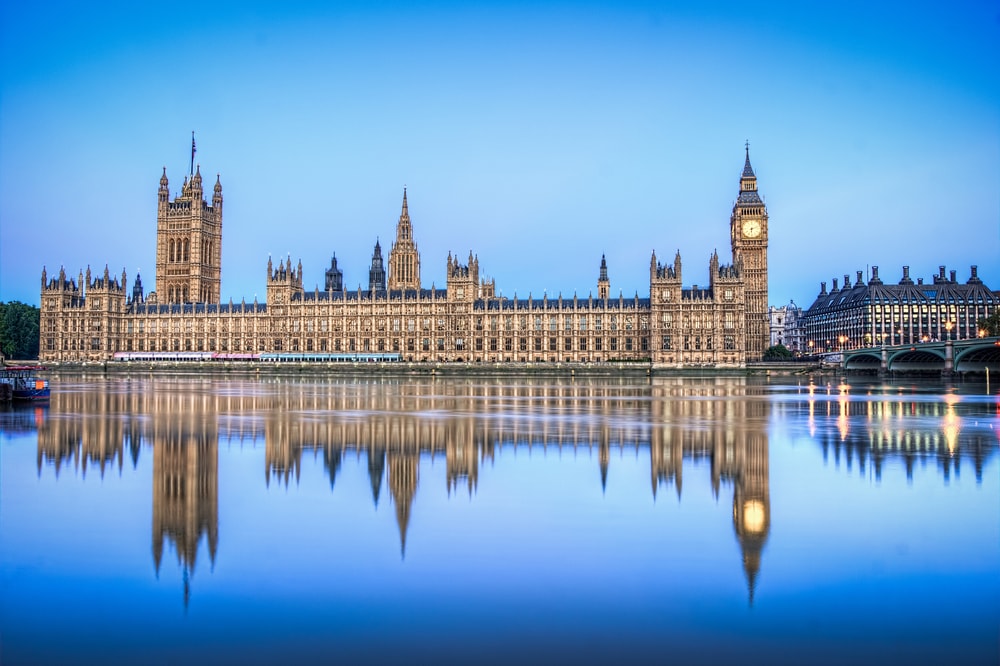Forty-two per cent of the professional trustee appointments to defined benefit (DB) pension schemes were sole trustees by March 2025, an increase from 37 per cent in 2024, according to the latest annual report from Hymans Robertson.
However, it found that most sole trustee appointments were still at the smaller end of the market, with around 40 per cent of appointments being for schemes with fewer than 100 members and 75 per cent for schemes with less than 500 members.
The analysis also showed that, despite a 13 per cent increase in the overall number of sole trustee appointments over the past year, the proportion of schemes without a professional trustee has remained largely unchanged.
The report attributed an increase in DB scheme wind-ups and the decline in the use of professional trustees as co-trustees as the main reasons for the shift, as the proportion of appointments as co-trustees fell from 32 per cent in 2023 to just under 25 per cent in 2025.
The report also highlighted that 20 per cent of schemes have now appointed a professional trustee as a sole trustee.
"This year, we have seen the growth in sole trustee appointments return to double digits," noted Hymans Robertson head of sole trustee services, Shani McKenzie.
"That's a trend we believe will continue for at least a few more years as firms and market capacity continue to grow," she continued.
"We still expect board governance reviews to result in a variety of roles being met by professional trustees, but with sole trusteeship continuing to dominate.
"Some schemes may choose to appoint a professional trustee as a co-trustee or the chair of trustees, depending on how the needs of pension scheme boards evolve."
McKenzie warned that as schemes wind up and the DB universe continues to contract, it will take "notable" overall growth in professional trustee appointments to see a material decrease in the proportion of schemes without a professional trustee.
"That's not something we've observed in the last year, as most of the growth in sole trustee appointments has been fuelled by the conversion of trustee board appointments," she added.
The report also looked at governance structures and delegations for eight of the largest sole trustee providers.
It highlighted that professional trustees have welcomed The Pensions Regulator's (TPR) announcement of a professional trustee engagement programme focused on maintaining a culture of open regulatory dialogue, noting that most sole trustee providers' firms will have sole trustee governance processes and internal controls aimed at complying with and heavily influenced by the voluntary code of practice.
McKenzie observed that sole trustee providers were "clearly" using a range of internal governance structures to oversee the management of the thousands of schemes they govern, with the size of the scheme often driving what was proportionate.
"Much like trustee boards, the governance arrangements required for the handful of complex schemes with 10,000 or more members may differ from those needed for the 40 per cent of schemes with fewer than 100 members," she said.
Latest News
-
Reeves under pressure from businesses to force pension funds to up UK investments
-
Redesigned CDC model could boost retirement outcomes by 75%
-
Lessons from Europe: Breaking the inactivity cycle
-
Keeping track of the latest pensions dashboards connections
-
DB pension funding levels hold steady despite Budget speculation
-
Over half of LGPS leaders ‘unconfident’ of local investment opportunities in AA area
Private markets – a growing presence within UK DC
Laura Blows discusses the role of private market investment within DC schemes with Aviva Director of Investments, Maiyuresh Rajah
The DB pension landscape
Pensions Age speaks to BlackRock managing director and head of its DB relationship management team, Andrew Reid, about the DB pensions landscape
Podcast: Who matters most in pensions?

In the latest Pensions Age podcast, Francesca Fabrizi speaks to Capita Pension Solutions global practice leader & chief revenue officer, Stuart Heatley, about who matters most in pensions and how to best meet their needs
Podcast: A look at asset-backed securities

Royal London Asset Management head of ABS, Jeremy Deacon, chats about asset-backed securities (ABS) in our latest Pensions Age podcast
© 2019 Perspective Publishing Privacy & Cookies











Recent Stories